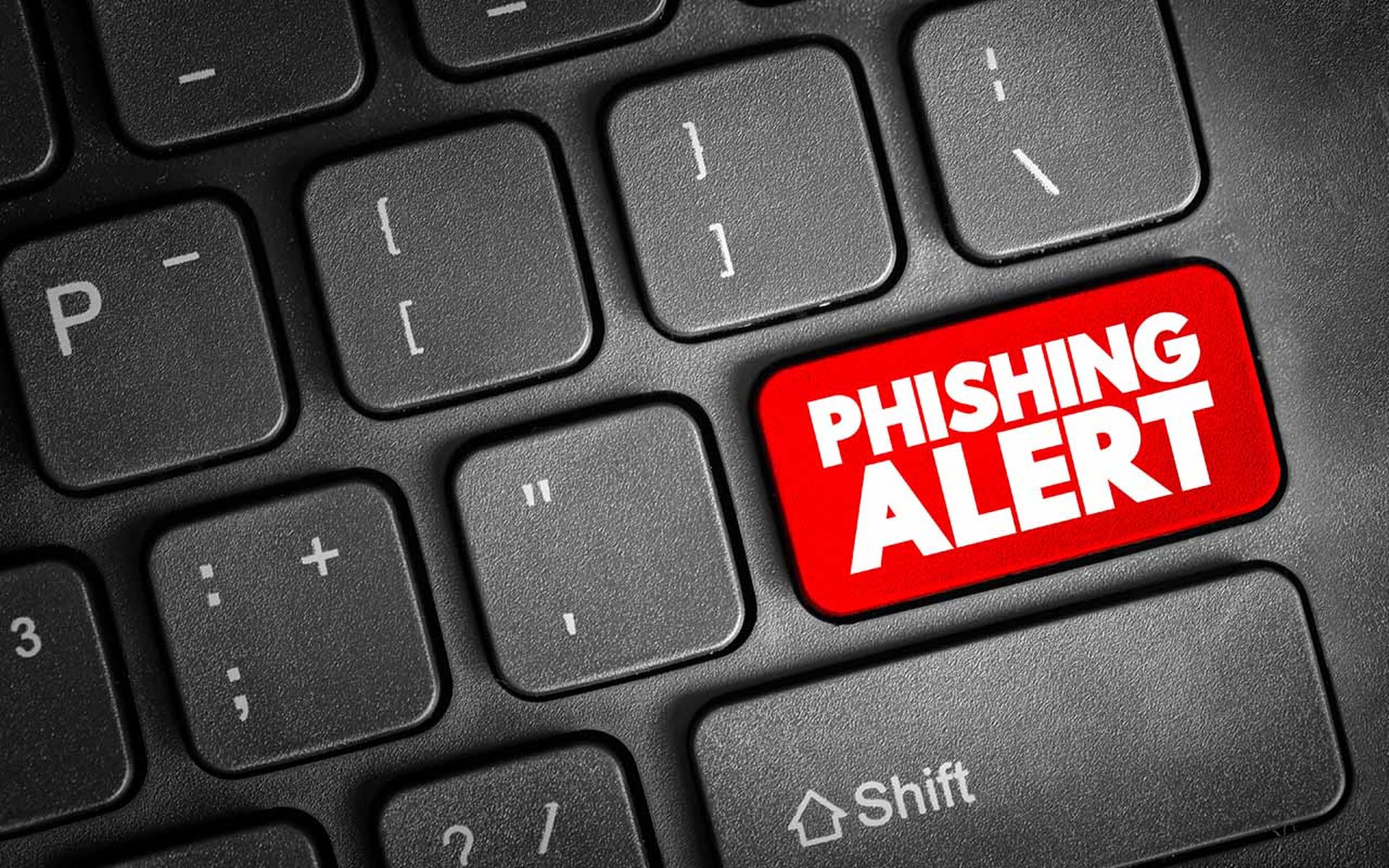Phishers forever love Microsoft but Facebook is a close bridesmaid in terms of the most impersonated brand in phishing attacks in H1 2022, according to Vade’s newly released report for the period.
Microsoft picked up a total of 11,041 unique phishing URLs, with Facebook close behind at 10,448 URLs, owing to a 177 percent increase in Facebook phishing in Q2, said Vade, a San Francisco-based email security provider.
Still, Microsoft’s cloud, with nearly 300 million paid seats to its Office 365 platform, is too enticing for phishers to bypass. The company’s phishing URL’s grew by 266 percent quarter-over-quarter in the first half of this year.
Microsoft No. 1 Phishing Target
The Top 10 phishing targets are:
- Microsoft (cloud)
- Facebook (social media)
- Crédit Agricole (financial)
- What’sApp (social media)
- Orange (ISP, telecom)
- AU (ISP, telecom)
- MTB (financial services)
- PayPal (financial services)
- La Banque Postale (financial services)
- Google (cloud)
Financial Services Firms Lead Top 25
Of the Top 25, eight are financial services firms, four are ISPs, six are cloud platforms, three social media companies and four are e-commerce/logistics.
According to Vade’s figures, financial services brands saw large increases in impersonation in Q1. Crédit Agricole phishing increased 203 percent QoQ, while MTB saw a 332 percent QoQ increase, PayPal saw a 305 percent increase, and La Banque Postale saw a 143 percent increase.
Overall, the financial services industry represented 34 percent of all unique phishing URLs detected by Vade in H1 2022. Cloud and Internet/Telco each represented 19 percent of all phishing URLs, followed by social media with 17 percent, E-commerce with 10 percent, and government with only one percent.
The pattern of weekday phishing continued in H1 2022, with the majority of phishing URLs detected between Monday and Wednesday, followed by lesser activity towards the end of the week. In Q1, Tuesdays and Wednesdays were the top days for phishing, while Mondays and Tuesdays were the top days in Q2. Weekend phishing increased slightly QoQ, with a three percent increase from Q1 to Q2.



